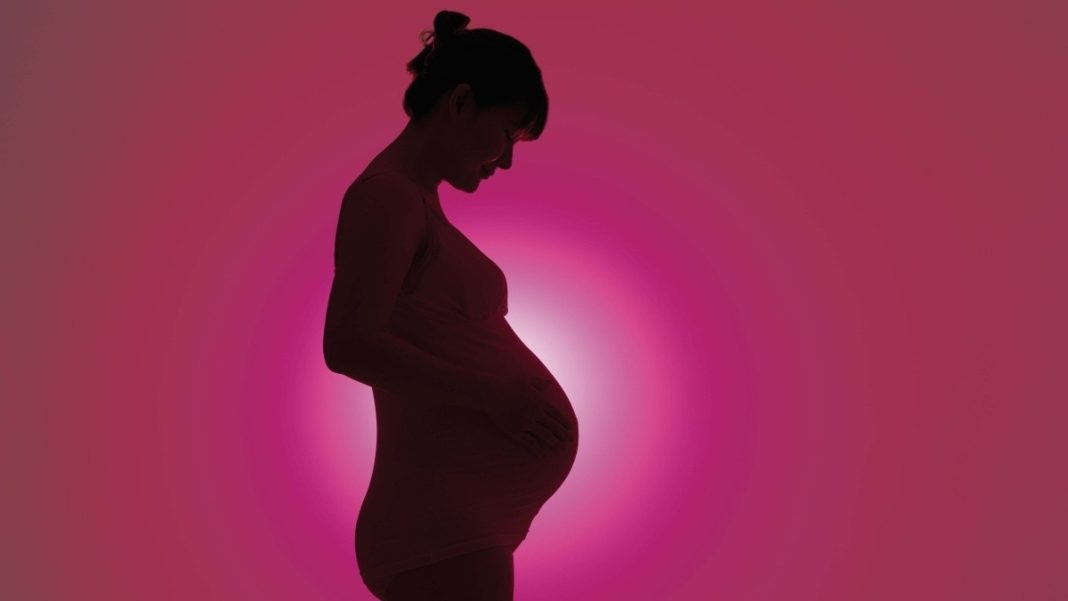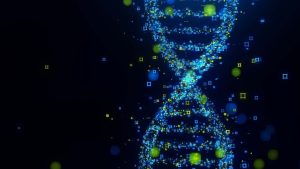Key Takeaways
- Indian scientists discover genetic switch controlling embryo implantation
- HOXA10 and TWIST2 genes work as opposing forces to regulate uterine receptivity
- Breakthrough could improve IVF success rates and infertility treatments
Indian scientists have identified a fundamental genetic switch that initiates pregnancy by enabling successful embryo implantation in the uterus. This discovery explains why some healthy embryos fail to implant and could revolutionize infertility treatments.
The research, conducted by teams from ICMR-NIRRCH Mumbai, IISc Bengaluru, and BHU Varanasi, reveals how two genes—HOXA10 and TWIST2—orchestrate the uterus’s transition to a receptive state for embryo attachment.
The Genetic Switch Mechanism
For pregnancy to begin, embryos must embed into the uterine lining through implantation. Failure in this process is a major cause of infertility and early pregnancy loss.
HOXA10 normally maintains the uterine lining as a stable, protective barrier. When an embryo contacts the lining, HOXA10 activity temporarily drops, allowing TWIST2 to activate. This switch softens uterine cells, making them flexible enough for the embryo to nestle closely.
Molecular Insights and Validation
At the molecular level, HOXA10 controls over 1,200 genes that maintain the uterine lining’s closed state. Its decline triggers a hybrid epithelial-to-mesenchymal transition—a partial cellular shift that increases mobility while maintaining stability.
Mathematical modeling from IISc confirmed that HOXA10 and TWIST2 form a bistable genetic circuit that can reversibly switch uterine states. Experiments blocking TWIST2 in mice resulted in failed uterine remodeling and no implantation, proving the mechanism’s critical role.
Medical Implications
This breakthrough provides vital insights into implantation failures and suggests new approaches to improve infertility treatments. By targeting this biological switch, doctors could potentially enhance IVF success rates.
Beyond reproduction, understanding this gene network may advance research in wound healing, fibrosis, and cancer tissue remodeling.





